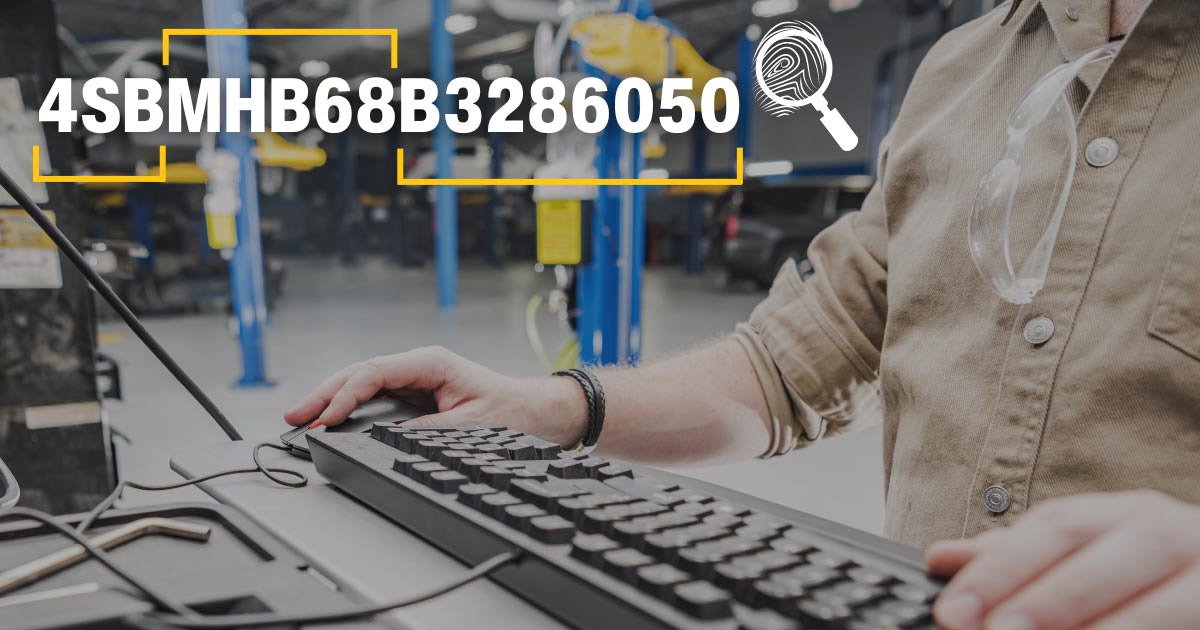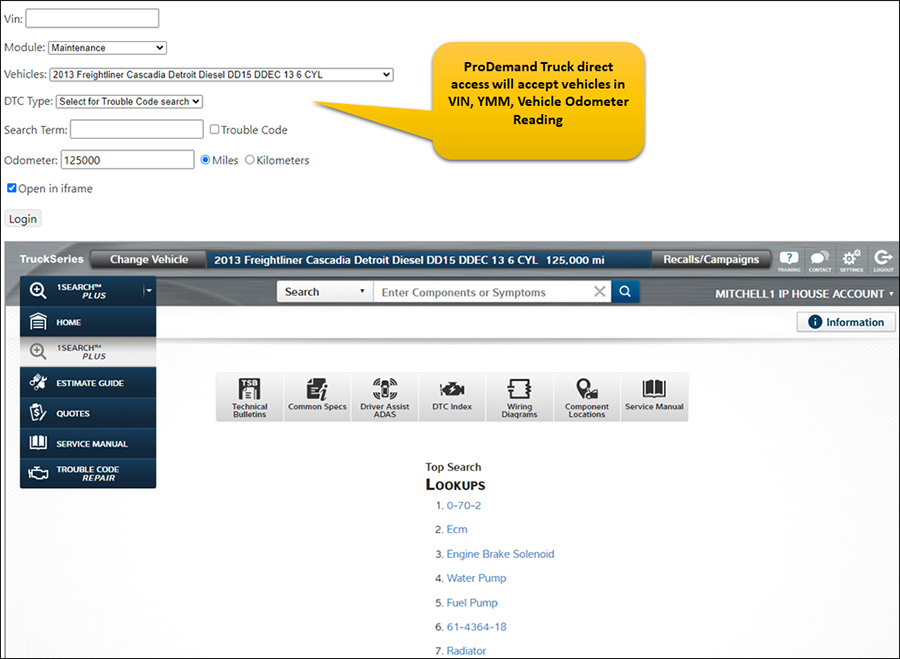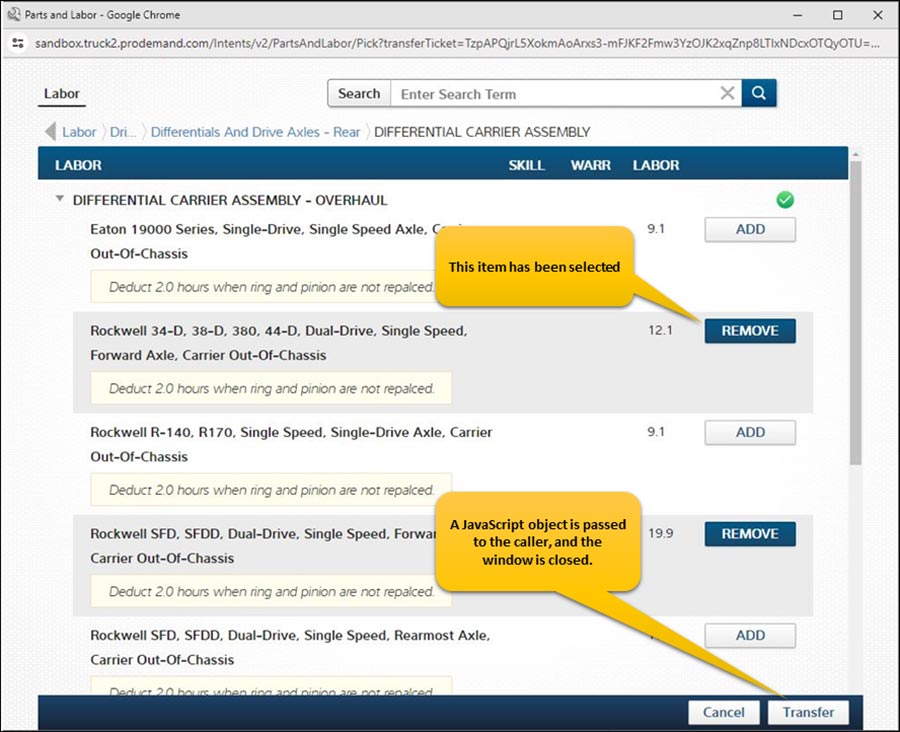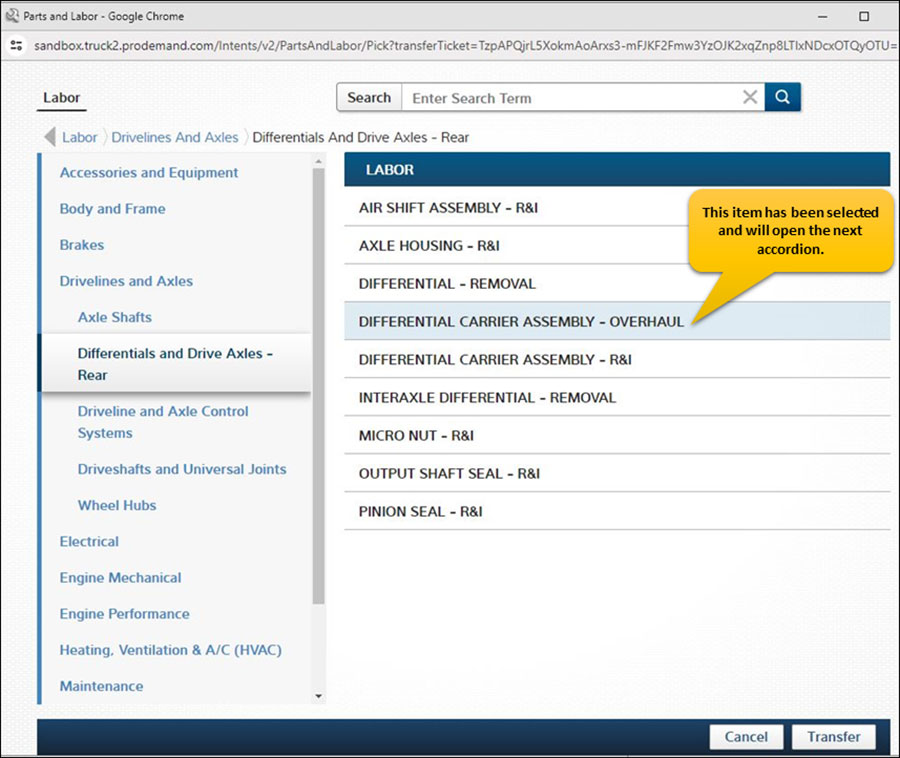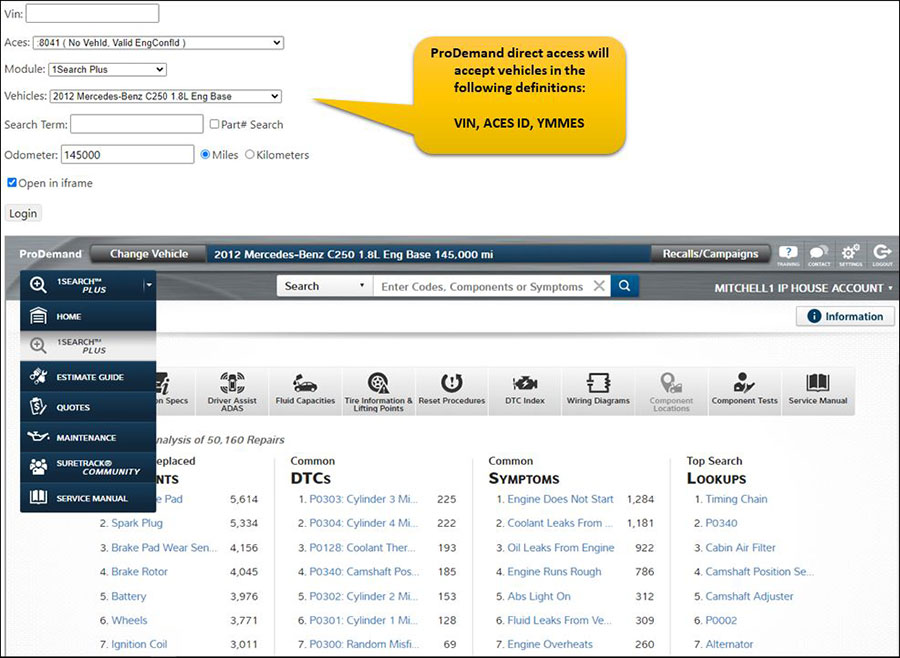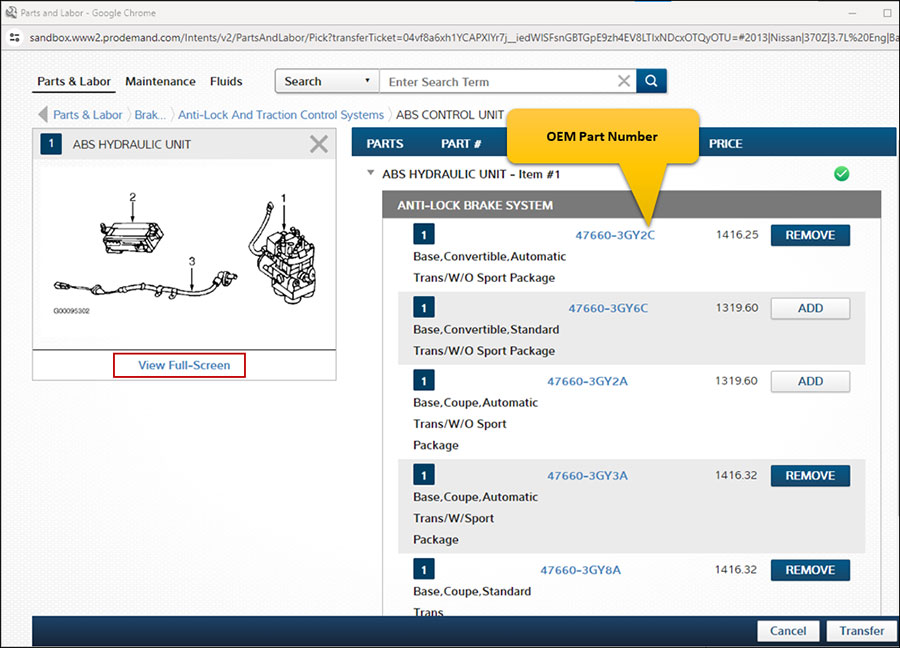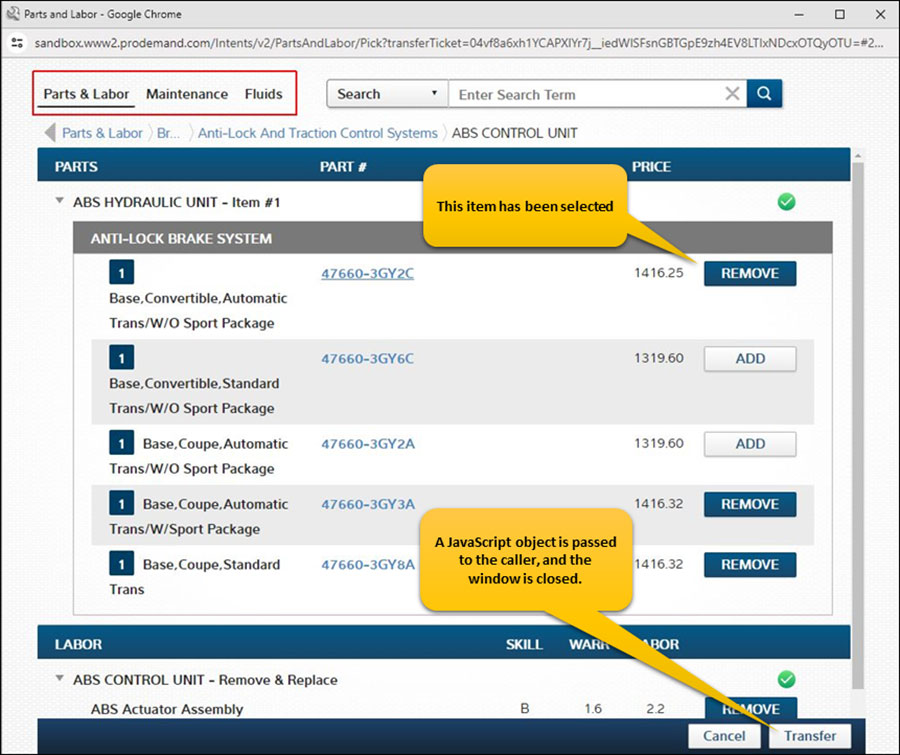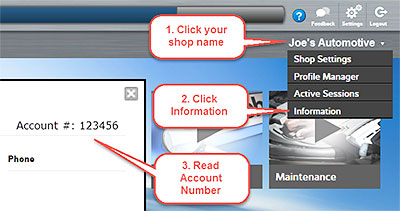Think of vehicle identification numbers, or VINs, as the key to unlocking a vehicle’s history. As we all know, the VIN is an essential identifier for vehicle owners, insurance companies and auto repair shops. Knowing the year, make and model is vital for selecting appropriate parts and performing OEM-specific repairs. A vehicle’s unique identifiers also allow repair professionals to look up recalls, warranty information and other relevant repair information.
VIN Decoding Guide
Each manufacturer uses a proprietary system, but most VINs follow a standard template. The first three numbers and letters are the World Manufacturer Identifier (WMI). The WMI indicates the country of origin, vehicle category or manufacturer division. The fourth through ninth indicators are the vehicle descriptor section. The numbers or letters can identify body style, model, type of engine and other specifics. The final eight indicators are unique to each manufacturer and can represent transmission types, options and other components.
The 17-character identifier can provide access to various vehicle reports, including previous repairs and number of owners. Car owners and shoppers can enter the number in the NHTSA’s VIN lookup tool and find a surprising amount of useful information such as checking odometer history, flooding, salvage titles and other red flags.
Interesting Decoding and VIN Facts
VINs are like fingerprints—each one is a unique identifier that affects everything from buying and selling to repairing and maintaining a vehicle. While vehicle identification is critical for many vehicle-related situations, decoding a VIN is straightforward. Auto shop technicians can easily enter the identification number into the search field of the NHTSA’s lookup tool or repair information software such as Mitchell 1’s ProDemand or TruckSeries.
VIN Decoding Usually Takes a Shortcut
Depending on the technology used, most applications don’t decode all 17 characters because of prohibitive cost or available data. Instead, VIN decoding software decodes characters 1-8, 10 and 11, which usually provide sufficient information for informed purchases and shop repairs.
RVs and Campers are in a Class of their Own
Class A, B and C RVs and towable campers are also required to have VINs. It’s important to note that these vehicles may have two unique identification numbers—one for the coach manufacturer and one for the chassis manufacturer. Both VINs are essential for buyers, insurance companies and repair professionals because of the unique components identified by each.
Truck VINs Tell a Different Story than Car VINs
While configurations for passenger cars and medium to heavy-duty trucks are similar, there are some critical differences. Truck manufacturers often place the vehicle description section from the fourth character to the eighth. This section identifies brake systems, vehicle class, axle type and other essential details relevant to the vehicle’s intended purpose.
VINs Made in America are Unique in the Auto World
Vehicles sold in North America must have identification numbers that meet the NHTSA standard. Across the rest of the globe, vehicle manufacturers follow the ISO standard. The two standards use the same WMI configuration for the first three characters.
The two standards vary by the ninth character and the format of the Vehicle Descriptor Section (VDS). The IOS standard Vehicle Description Section, or VDS, has an extra character and is presented from position four to position nine. The NHTSA standard uses the ninth position as a check digit to validate the VIN.
Using a vehicle identification number to research a vehicle’s history, service processes and unique attributes is the best way to assess a car or truck. While inputting a VIN takes time, as long as the 17 characters are entered correctly, the most relevant information is a click away. Lucky for repair shops, the Mitchell 1 ProDemand and TruckSeries repair software can help eliminate errors and save time.
Decoding VINs for Accurate and Profitable Auto Repairs
Inaccurate auto information can decrease productivity, detract from the customer experience, and impact your bottom line. Harnessing the power of online software with Mitchell 1 is a win-win for repair technicians and customers. Mitchell 1’s Plate-to-VIN software app, included with ProDemand and the TruckSeries repair information systems, takes productivity to another level.
This innovative application delivers fast and accurate vehicle identification using only license plate photos. A dedicated shortcut makes it easy to copy and paste a VIN during the repair process. No input errors and no wasted time—you get only the VIN facts fast. You can count on Mitchell 1 to simplify shop management and repair procedures for increased revenue and a healthier bottom line.
